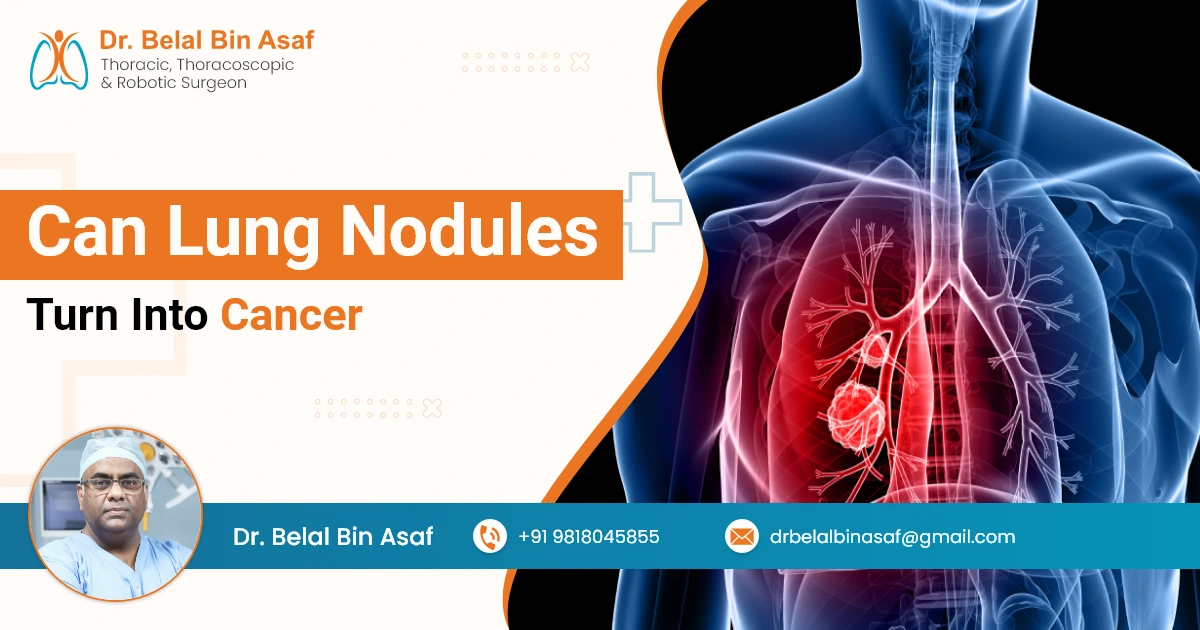Lung nodules are small, round or oval-shaped growths in the lungs that are usually discovered during imaging tests like chest X-rays or CT scans performed for unrelated medical reasons. They are common findings, and while they often cause concern, most lung nodules are not cancerous. In fact, studies show that nearly 90% of lung nodules are benign, especially in individuals who do not have a history of smoking or cancer.
However, in some cases, a lung nodule can represent the early stages of lung cancer or cancer that has metastasized (spread) from another part of the body. This makes it critical to assess lung nodules carefully and systematically.
Contents
Understanding Lung Nodules
A lung nodule is a small, round or oval-shaped lesion in the lung that measures less than 3 centimeters in diameter. Anything larger than this is considered a lung mass, which carries a higher risk of malignancy.
Lung nodules can be:













 +91-9818045855
+91-9818045855
